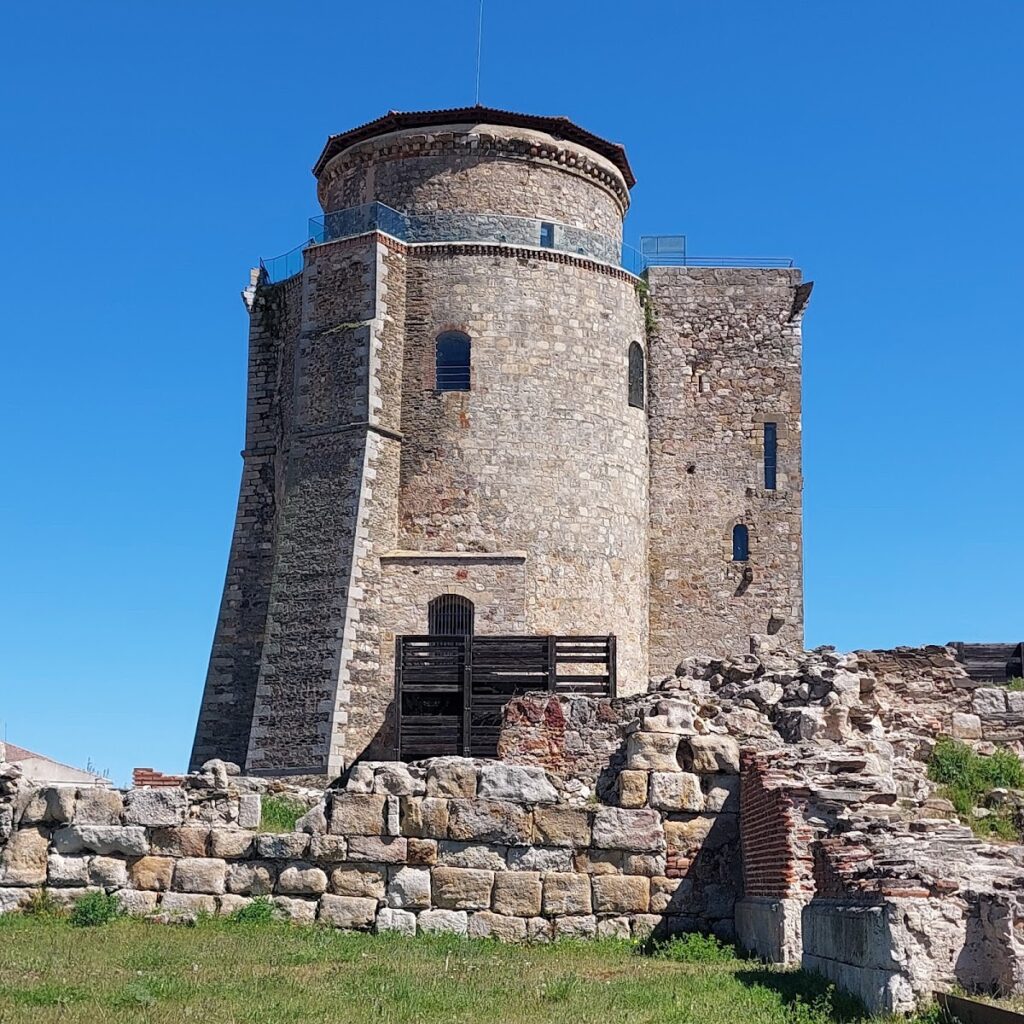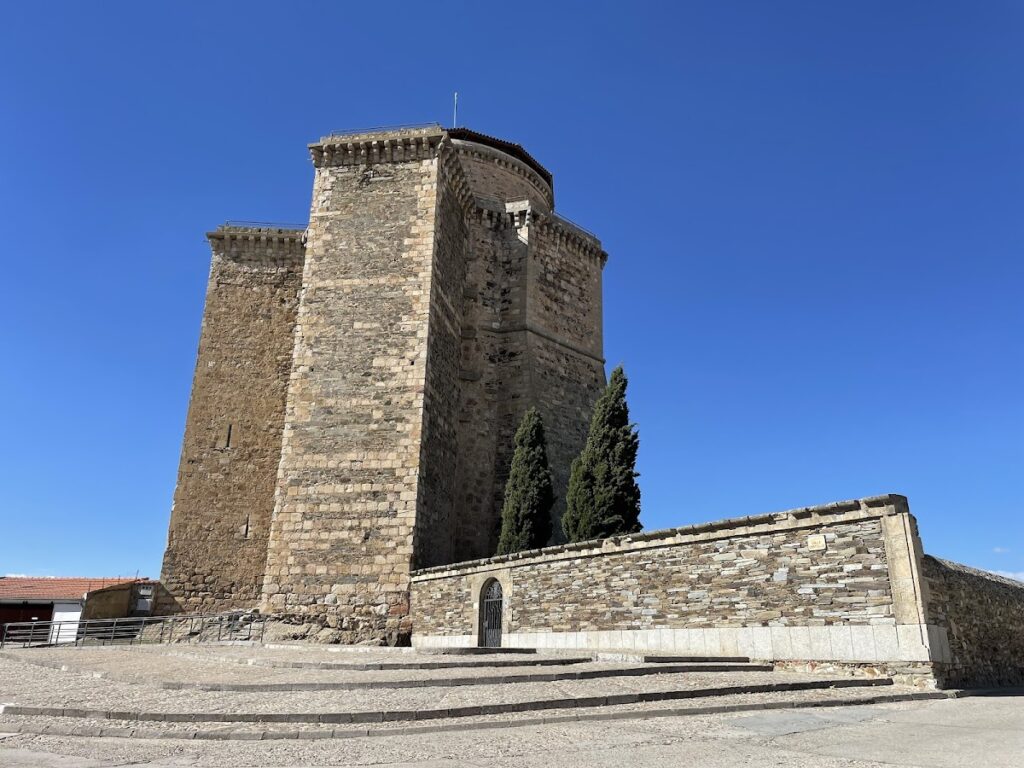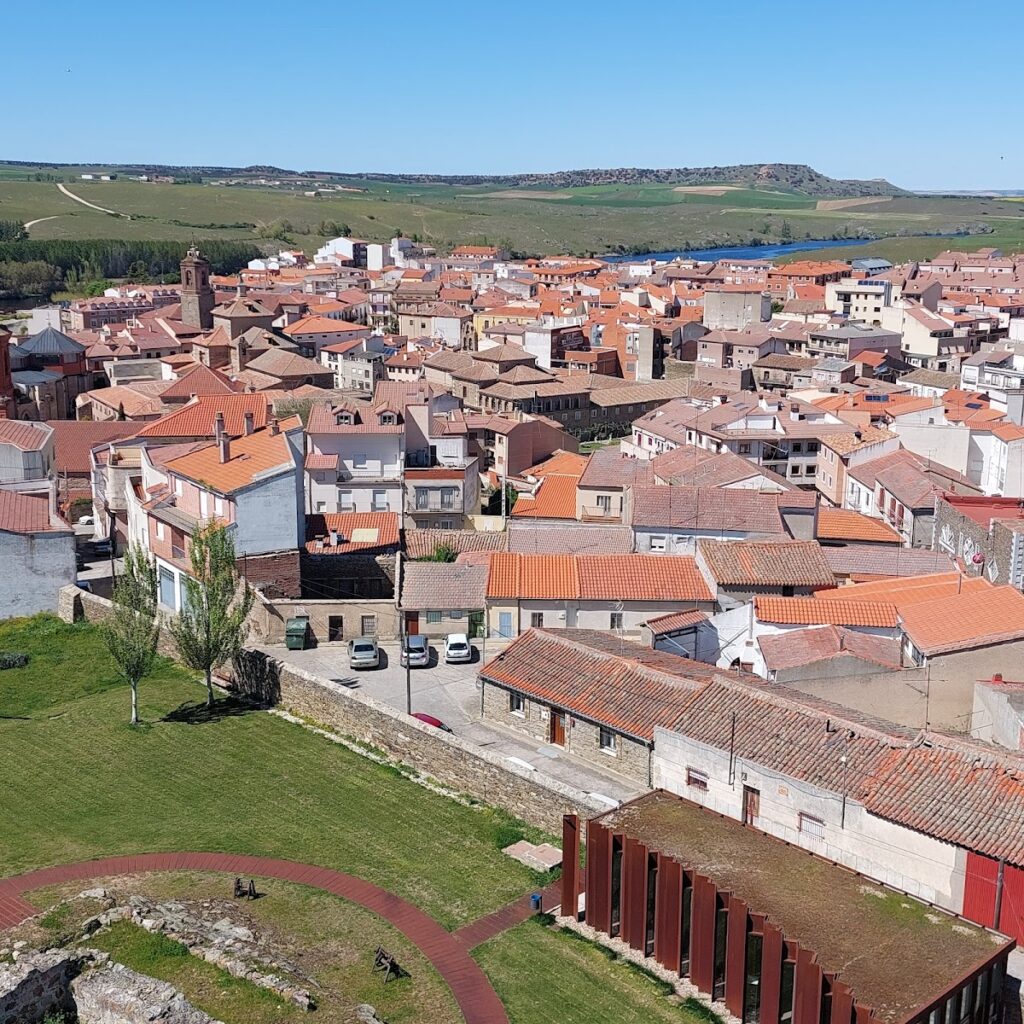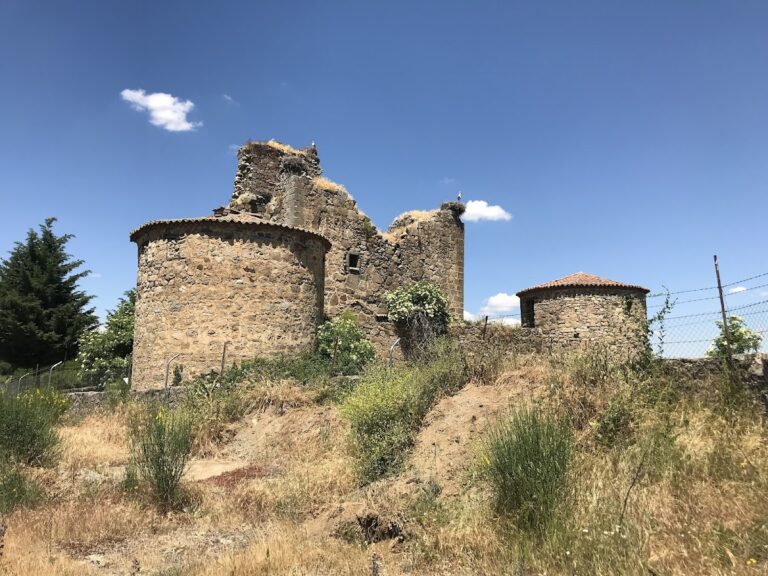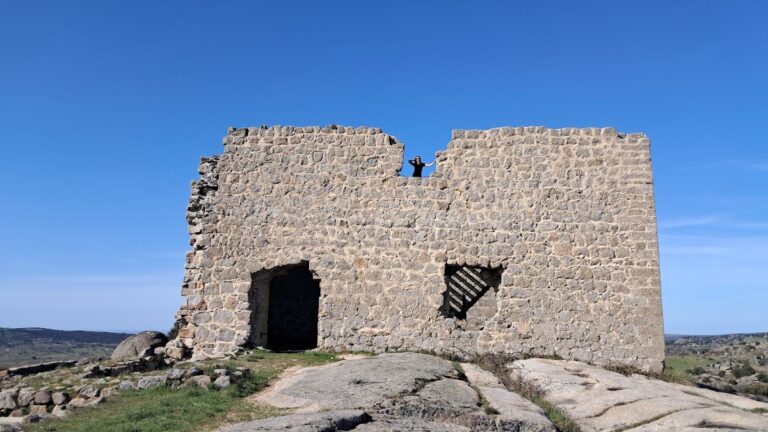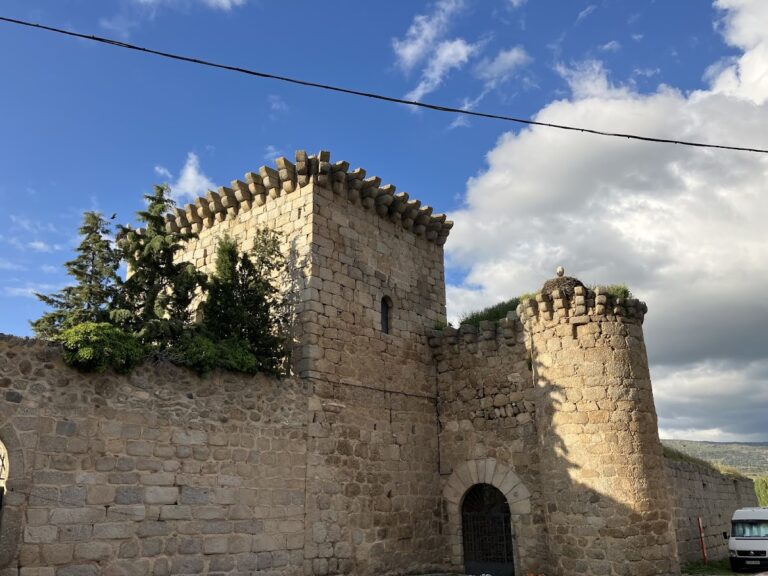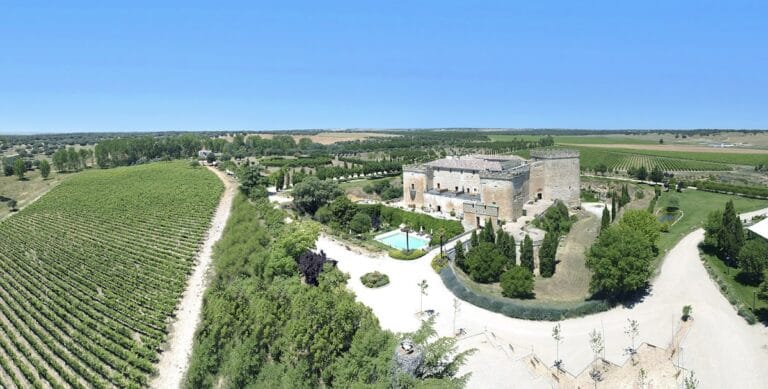Castillo de los Duques de Alba: Historic Castle and Cultural Landmark in Alba de Tormes, Spain
Visitor Information
Google Rating: 4.4
Popularity: Medium
Google Maps: View on Google Maps
Official Website: villaalbadetormes.es
Country: Spain
Civilization: Unclassified
Remains: Military
History
The Castillo de los Duques de Alba is situated in the town of Alba de Tormes in Spain. It traces its origins to the 12th century when King Ferdinand II of León constructed a watchtower overlooking the river Tormes, intended to serve as a strategic lookout point.
In the 13th century, King Sancho IV of Castile expanded this initial tower into a castle, marking an important development in its defensive capabilities. Over the centuries, the fortress underwent several periods of damage and reconstruction. During the reign of King Henry IV of Castile, the castle suffered significant harm, a situation worsened by the Revolt of the Comunidades. Later, García Álvarez de Toledo y Carrillo de Toledo, the first Duke of Alba, restored the castle and transformed it into a private palace that established the stronghold as the ancestral home of the influential House of Alba.
The castle reached its height of artistic and architectural refinement under Fernando Álvarez de Toledo, the third Duke of Alba, who renovated it into an elegant Renaissance palace. Between 1567 and 1571, the interiors were richly decorated, notably featuring frescoes that commemorated the Duke’s victory at the Battle of Mühlberg. This battle was a key moment in his military career. The palace also hosted celebrated cultural figures of the time, including writers and poets such as Lope de Vega, Calderón de la Barca, and Garcilaso de la Vega, as well as King Ferdinand the Catholic.
In the 18th century, the castle sustained damage from the powerful earthquake that struck Lisbon in 1755, an event whose force reached far into the Iberian Peninsula. During the Napoleonic Wars, the castle endured occupation and destruction on several occasions, especially in 1809 and 1812. In 1813, Spanish forces set the castle ablaze deliberately to prevent its use by enemy troops. This act led to its abandonment and decline into ruin.
Archaeological investigations began in 1991, revealing much about the castle’s former size and splendor. The site’s cultural importance was recognized officially when it was declared a Bien de Interés Cultural, a status protecting historic landmarks. Although still owned by the House of Alba, the castle has been entrusted to the local community for public access and preservation.
The castle also played a role in early Spanish theatrical history. Around the late 15th century, Juan del Enzina staged some of the earliest known performances in its walls. Throughout the 16th and 17th centuries, it continued to serve as a residence or patronage center for prominent literary figures, including Miguel de Cervantes, adding to its rich cultural legacy.
Remains
Today, what remains of the Castillo de los Duques de Alba primarily centers on the Torre del Homenaje, or Keep, which once formed part of the castle’s six original towers. This large tower, also called Torreón or Torre de la Armería, consists of four rooms arranged over its height, accessible through two separate entrances. The stonework exhibits damage and cracks, evidence of the 1755 earthquake and later violent episodes during military conflicts.
The ground floor of the tower was historically the Armory Hall, a space now functioning as a museum. Here, objects uncovered in the 1991 excavations—such as busts, ceramics, and coins—are displayed, offering tangible connections to the castle’s long history. A particularly notable artifact is a marble bust of the third Duke of Alba, sculpted by Pompeyo Leoni, which is exhibited in the lower hall.
Moving upwards, the tower’s upper rooms contain the Sala de los Frescos, which preserves Renaissance frescoes painted between 1567 and 1571 by Cristóbal Passini and his assistants, including Miguel Ruiz de Carvajal and possibly Juan Bautista Passini. These vivid wall and vaulted ceiling paintings depict three critical episodes from the Battle of Mühlberg: the Duke’s crossing of the Elbe River, the fierce combat against Protestant forces, and the surrender of the Duke of Saxony to Emperor Charles V. Figures are finely detailed, with the Duke of Alba portrayed mounted on a golden horse and accompanied by his son Fernando de Toledo. Other characters include Antonio de Toledo wearing the cross of the Order of Malta and Emperor Charles V himself. The frescoes feature symbolic elements such as a crucifix pierced by a musket ball, suggesting themes of conflict and faith.
At the tower’s summit, visitors can reach a viewpoint reached by an internal staircase. This mirador provides a panoramic vista encompassing the castle’s ruins, the town of Alba de Tormes, and the adjacent banks of the Tormes river, highlighting the site’s strategic location.
Excavations beyond the tower have unearthed portions of the castle’s final phase of occupation, revealing a courtyard once adorned with aromatic plants and including a rainwater cistern, known in Spanish as an aljibe. The discovery of these features helps illustrate aspects of daily life and castle maintenance during its later use.
The materials found within the castle reflect a quality of construction and decoration characteristic of prestigious residences of the period. Marble was used in refining interior details, complementing the colorful frescoes that adorn the tower’s interior. Despite the damage sustained from natural disasters and warfare, enough remains to convey the castle’s historic role and aesthetic presence. The distinctive outline of the Torre del Homenaje, situated near the bridge crossing the Tormes river, continues to define the silhouette of Alba de Tormes.
